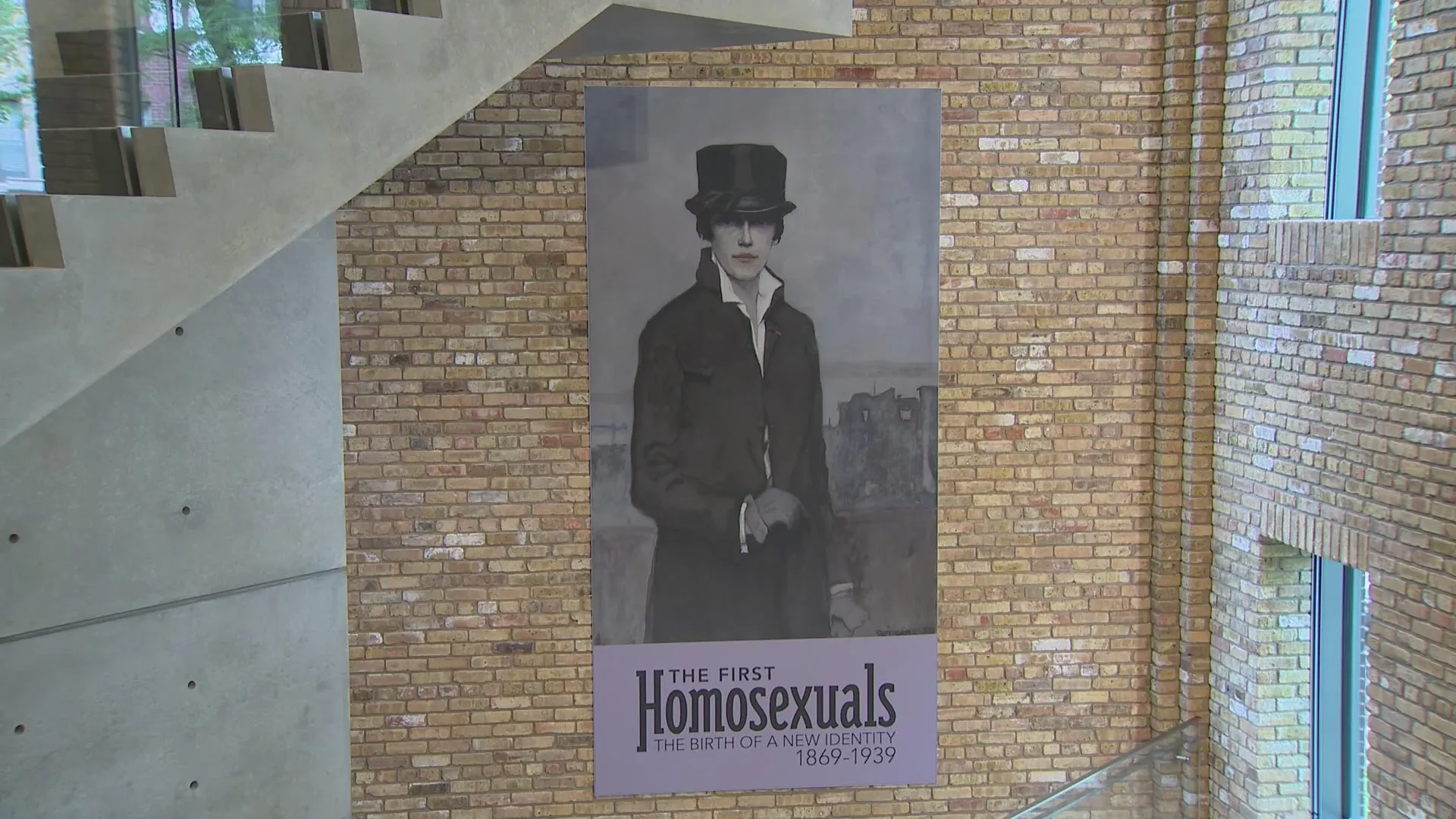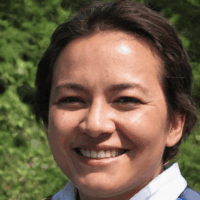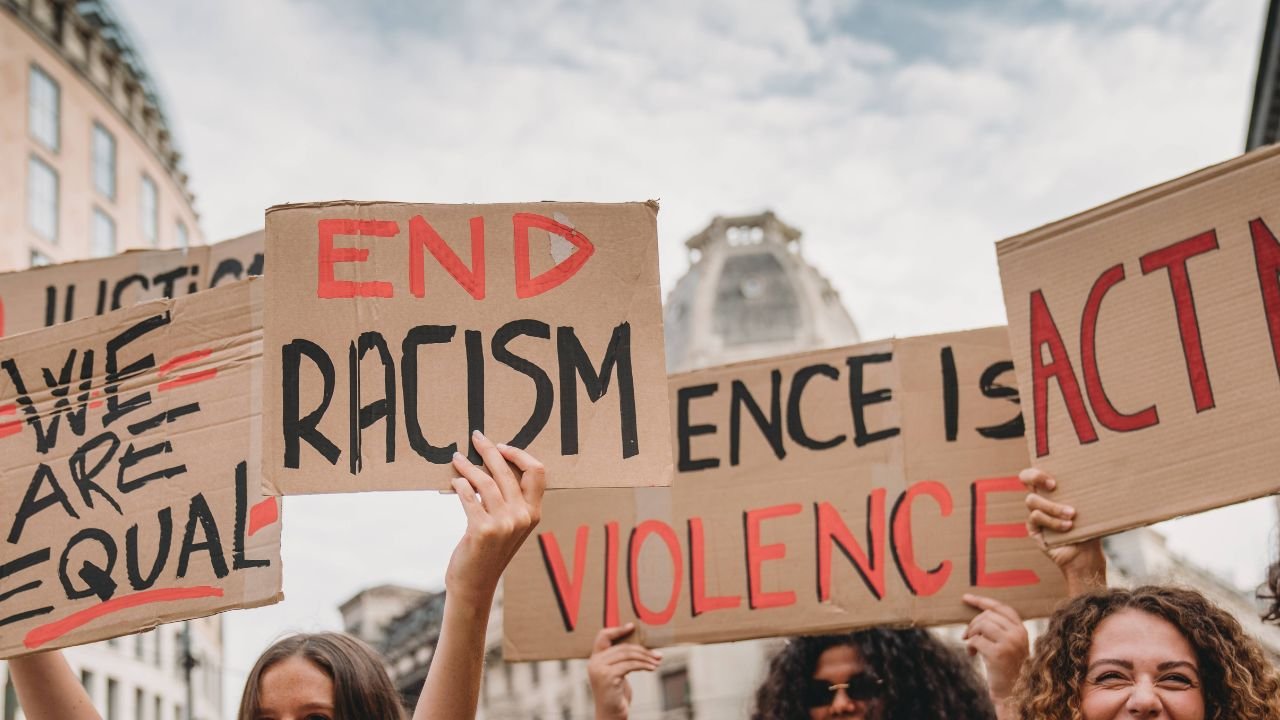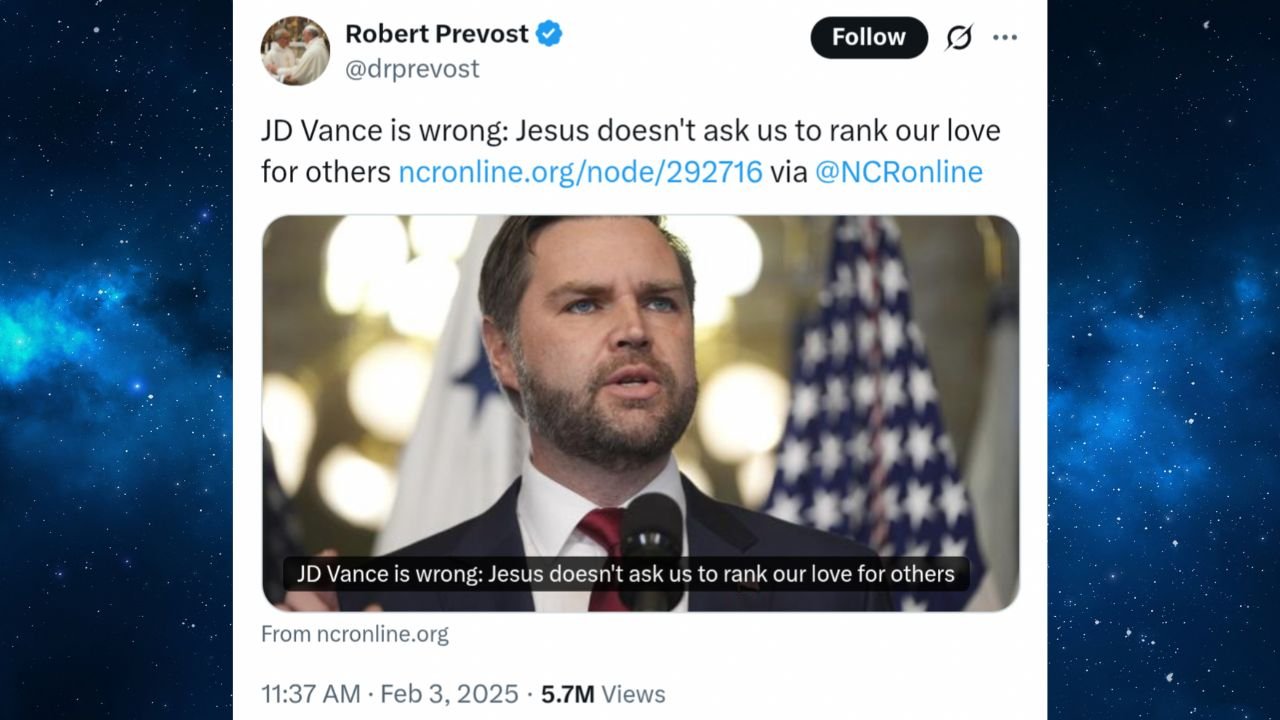CHICAGO — In a quiet residential stretch of Lincoln Park, the gallery at Wrightwood 659 is now home to a groundbreaking exhibition that was turned away by museums around the world. Titled “The First Homosexuals: The Birth of a New Identity, 1869–1939,” the exhibit challenges visitors to confront centuries of LGBTQ+ history — through art that many institutions deemed too bold to show.
A First-Of-Its-Kind Exhibition Lands in Chicago
Curated by University of Pennsylvania professor and art historian Jonathan Katz, the exhibit is a sweeping survey of global artworks exploring same-sex attraction. Katz described the show as “the beginning of a gulf between forms of sexuality that were once unified,” citing the first public use of the word “homosexual” in 1869 as a cultural turning point.
Katz argues that language failed to capture the full scope of human sexuality, and that art has historically offered a more expansive and honest lens.
“What language has done is impoverish the terms by which we refer to sexuality,” Katz explained. “Art allows us to imagine possibilities our bodies may never follow.”
Hundreds of Works from Around the World
Spread across three floors, the exhibition includes over 300 works by more than 125 artists from 40 countries. The pieces range from private collections to loans from prominent institutions. Some are explicit, others symbolic, but each offers a glimpse into a time when sexual identity was both emerging and constrained.
According to Katz, American museums were hesitant to house the exhibit due to discomfort around sexuality and gender, especially among elite boards and donors.
“In the United States, museums are run by the one percent,” Katz told WGN. “They’re presumably touchy on issues of sexuality and gender.”
Global LGBTQ+ History Brought Into the Light
The exhibition doesn’t limit itself to Western narratives. It draws from ancient Greece, feudal Japan, and Indigenous American cultures, arguing that same-sex attraction has long been normalized outside of European influence.
Katz notes that colonialism distorted global attitudes, but prior to European expansion, about 80% of the world accepted or even honored non-heterosexual identities.
Among the highlights:
-
The only full-sized portrait of Oscar Wilde painted during his lifetime
-
A striking piece by Polish Art Deco icon Lempicka, known for bisexual themes
-
The first known image of a gay couple in European art, from 1879
A Political Message Through Artistic Expression
While deeply rooted in academic research, Katz emphasized that the exhibition is unapologetically political.
“I’m not going to pretend it isn’t,” he said. “It is a political exhibition.”
He pointed to recent U.S. actions — including the removal of LGBTQ+ references from federal websites and the erasure of gay rights icons like Harvey Milk — as modern-day echoes of history’s darker chapters.
The show concludes with a somber reflection: the burning of Berlin’s Institute for Sexual Science by Nazis, where thousands of books and artifacts on sexuality were destroyed.
“It’s about the moment we are in,” Katz said. “That’s why the final image is a Nazi book burning. We’ve seen this before.”
Have you seen the exhibit at Wrightwood 659? What role do you think art plays in preserving LGBTQ+ history? Share your thoughts with us in the comments on ChicagoSuburbanFamily.com.














